Sedating fish prior to handling minimizes risks to fish and handlers
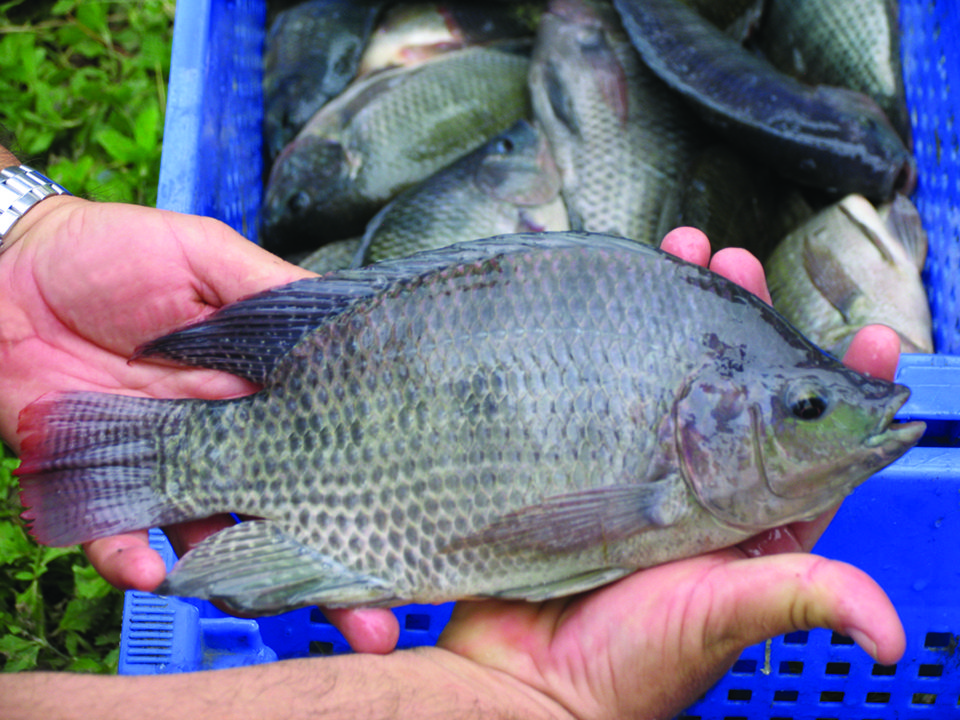
Fisheries professionals routinely sedate fish for procedures such as collection of samples or morphometric data, surgical implantation of tags or tracking devices, and transport. Fish are innately difficult to handle, and when they actively resist restraint, epithelial damage or other physical injury is more likely. Handling fish without sedation can cause greater stress to the animals and pose a risk to personnel, particularly in the case of handling large or hazardous fish. When fish are sedated prior to handling, risks to both fish and handlers are minimized.
Ideally, fish sedatives should be safe, effective, easy to administer when used over a broad range of water chemistries and inexpensive. They should also have rapid induction and recovery times, and offer some analgesia. Additionally, it is desirable that sedatives have no withdrawal period, so sedated fish can be immediately released into the wild or taken to market.
Current sedatives
Currently, few effective, practical sedative options are available to fisheries professionals, and no sedative can be legally used as an “immediate-release” product. Tricaine methanesulfonate (MS-222) is the only compound approved by the United States Food and Drug Administration (FDA) for the temporary immobilization of fish and other aquatic, cold-blooded animals.
However, legal use of MS-222 is restricted to four families of fish: Ictaluridae, Salmonidae, Esocidae and Percidae. Water temperatures must be above 10 degrees-C, and a 21-day withdrawal period is required for fish intended for human consumption or which may be caught and consumed. For many applications, holding fish for even a short period post-sedation is not practical.
Currently, the only available option is the use of carbon dioxide, which is not approved by FDA, but is considered a drug of low regulatory priority, for which regulatory action is unlikely, assuming certain criteria are met. Although carbon dioxide gas has been characterized as a somewhat effective sedative for some fish, it is slow-acting and difficult to apply uniformly, and often results in adverse reactions that include morbidity and mortality.
Aquatic animal drug approval
The FDA approves new animal drugs based on data demonstrating that the drugs are effective and safe when used as directed for treated animals, people administering treatment, the environment and consumers. For any species, generating the data required for a new drug approval is a time-consuming and expensive endeavor.
It is estimated that for an aquaculture drug, approval requires an investment of up to 15 years and $30 million. This is because aquaculture drug approval efforts are challenged by low economic incentives for drug sponsors, a relatively small group of active researchers generating the data and a very expensive, arduous regulatory process.
Immediate-release sedatives
Efforts are currently under way to evaluate the safety and effectiveness of two compounds based on benzocaine or eugenol as immediate-release fish sedatives.
Benzocaine is a local anesthetic that has been used as a topical pain reliever since the end of the 19th century. Benzocaine is the active ingredient in nearly 100 over-the-counter topical analgesic products and is also used in terrestrial livestock as an anesthetic and to treat minor wounds.
Although benzocaine can induce methemoglobinemia, a condition that interferes with the oxygen-carrying capacity of blood, serious toxicity is extremely rare. It has been estimated that more than 1 million intentional and accidental human exposures to benzocaine occur every year in the U.S., yet fewer than 100 cases of benzocaine-induced methemoglobinemia have been reported in the medical literature over the last 50 years.
Research has shown that benzocaine is efficacious for sedating a variety of freshwater and saltwater fish under different environmental conditions while incurring very low tissue residues.
Eugenol is a pale yellow, oily compound derived from the flowers, stalks and leaves of various plants, including clove. Because of its high 85 to 95 percent eugenol content, clove oil has been used as a mild topical anesthetic for the treatment of toothache, headache and joint pain since antiquity.
Eugenol is included on FDA’s list of food additives that are “generally recognized as safe.” Although it’s been reported that eugenol exposure may cause gastrointestinal and cardio-respiratory symptoms, and contact dermatitis in those with a eugenol allergy, the Joint Food and Agriculture Organization/World Health Organization Expert Committees on Food Additives estimated a temporary acceptable daily intake for men of up to 2.5 mg/kg body weight.
Available research indicates that eugenol is efficacious for sedating and anesthetizing both freshwater and saltwater fish. Eugenol appears to depurate from the fish tissues rapidly.
Risk assessment
Risk can be described by comparing the concentrations of benzocaine and eugenol known to cause adverse human health effects with the residues likely to be found in fish tissues.
Assuming a standard portion size of 85 grams and a “worst-case scenario” – exceeding the proposed sedative dosages and consuming the fillet within one hour of sedation – a fillet portion from a fish treated with benzocaine would contain an estimated 1.2 mg benzocaine. A fillet portion from a fish treated with eugenol would contain an estimated 0.9 to 4.7 mg eugenol.
Assuming a conservative 10-fold margin of safety, consumers could still eat more than one treated fish portion at every meal without undue risk of health effects.
AFS recommendations
The absence of a suitable immediate-release sedative jeopardizes fish, fisheries, fish culture and research, and poses considerable risk to those involved in these activities. Benzocaine and eugenol meet a range of criteria that justify an assumption of safety and efficacy, as well as minimal risk to fish, researchers, the environment and human consumers.
Accordingly, the American Fisheries Society (AFS) recommends an expedited review of the candidate immediate-release sedatives and implementation of a risk management-based approach to establishing the data requirements for drugs intended for use in fish. AFS also recommends a reduction in the data requirements for approval of the candidate sedatives and, in the interim, regulatory discretion to allow immediate-release sedative use. Ultimately, AFS recommends that the consequences of inaction be balanced against the consequences of approving the use of benzocaine or eugenol as an immediate-release sedative in the fisheries disciplines.
Editor’s Note: The article is a summary of a paper recently published by the authors in Fisheries. The draft policy statement it expresses was recommended by the Governing Board of the American Fisheries Society for distribution to its membership for comment.
(Editor’s Note: This article was originally published in the July/August 2011 print edition of the Global Aquaculture Advocate.)
Now that you've reached the end of the article ...
… please consider supporting GSA’s mission to advance responsible seafood practices through education, advocacy and third-party assurances. The Advocate aims to document the evolution of responsible seafood practices and share the expansive knowledge of our vast network of contributors.
By becoming a Global Seafood Alliance member, you’re ensuring that all of the pre-competitive work we do through member benefits, resources and events can continue. Individual membership costs just $50 a year.
Not a GSA member? Join us.
Authors
-
James Bowker, M.S.
U.S. Fish and Wildlife Service
Aquatic Animal Drug Approval Partnership Program
4050 Bridger Canyon Road
Bozeman, Montana 59715 USA -
Jesse Trushenski, Ph.D.
Fisheries and Illinois Aquaculture Center
Southern Illinois University Carbondale
Carbondale, Illinois, USA
Related Posts
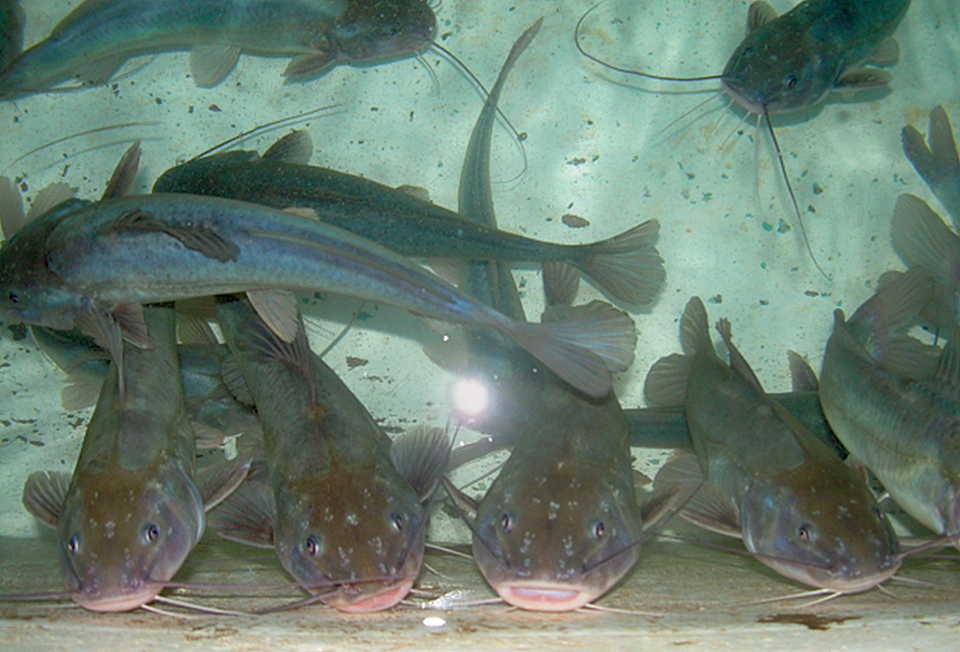
Health & Welfare
Clove oil, eugenol effective anesthetics for silver catfish
Clove oil and eugenol have been recommended and used as anesthetics for several fish species. Moreover, these products have received the attention of researchers because of their chemo-preventive effects, as well as their anti-inflammatory and antioxidant properties.
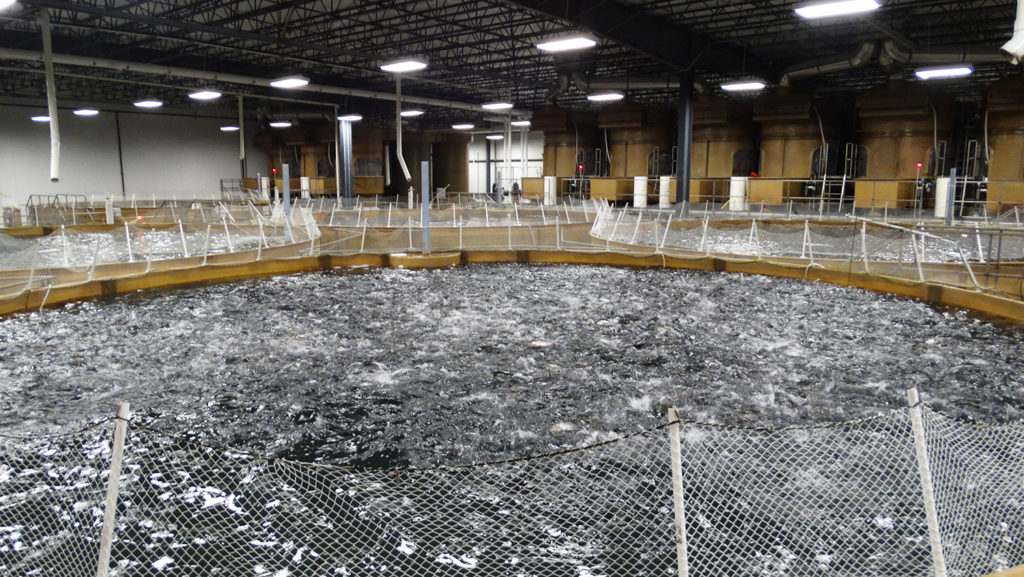
Innovation & Investment
AquaBounty, with new RAS facility, hopes to win public support for GM salmon
Ron Stotish, CEO of AquaBounty Technologies, believes genetically modified salmon is no threat to its opponents and the outlook for AquAdvantage is good. With its purchase of the Bell Fish Co. RAS facility, commercialization will soon commence.
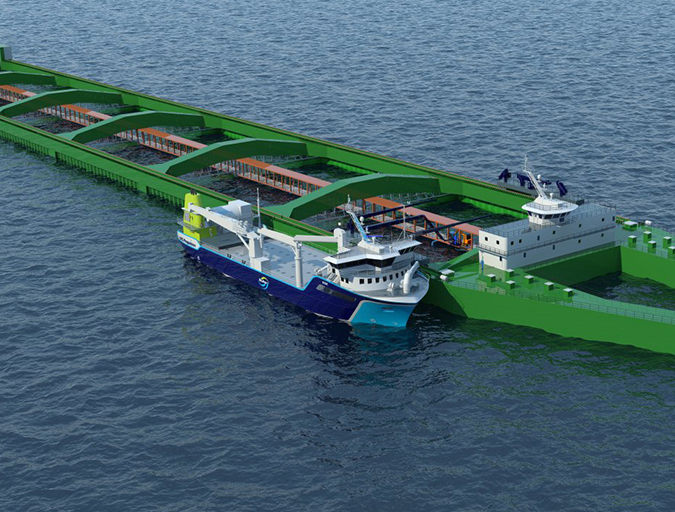
Health & Welfare
Chem-free fixes emerging in sea lice saga
Salmon farmers, using emerging technologies, are exploring new methods of sea lice mitigation in an effort to overcome one of the industry’s most persistent problems. New chemical-free innovations show an industry eager to adapt and adopt environmentally safe practices.
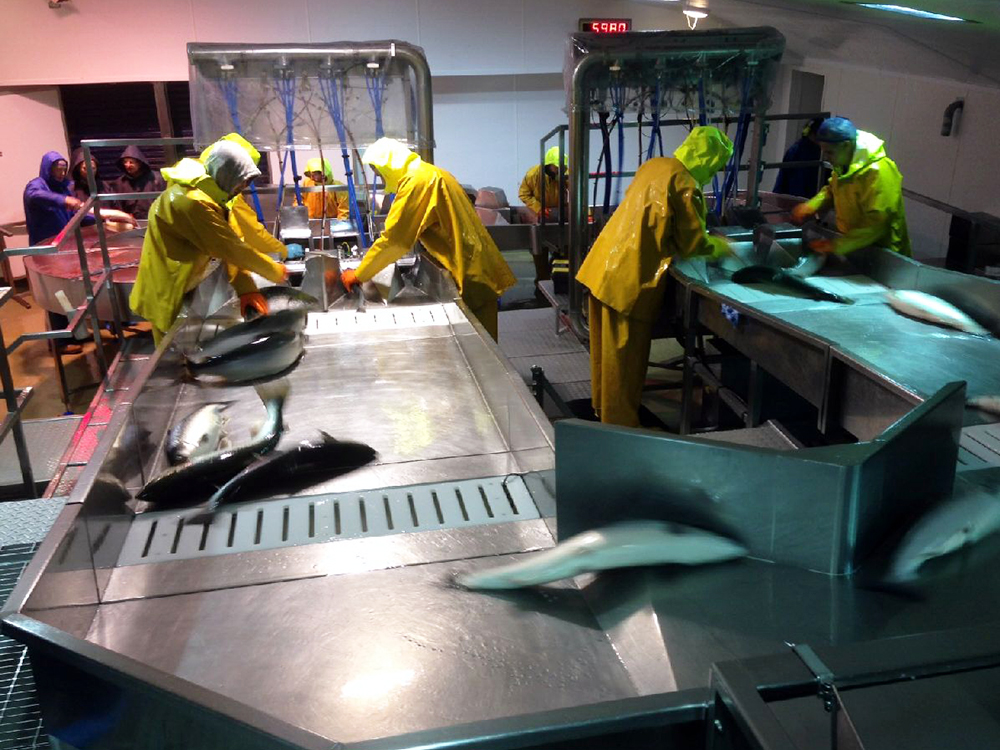
Health & Welfare
Fish producers benefit from humane slaughter techniques
EU legislation requires farmed fish be spared unnecessary pain, distress or suffering at slaughter, and efficient manual and automated systems have been developed to help achieve this goal. What’s more, longer shelf life and improved flesh quality have been reported.



